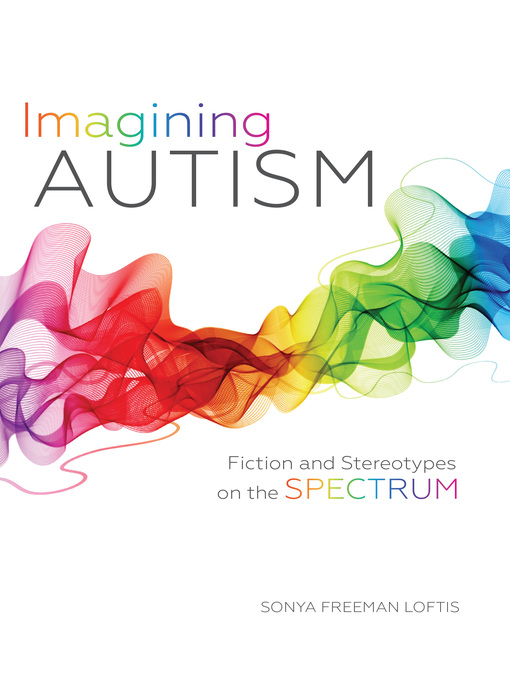A disorder that is only just beginning to find a place in disability studies and activism, autism remains in large part a mystery, giving rise to both fear and fascination. Sonya Freeman Loftis's groundbreaking study examines literary representations of autism or autistic behavior to discover what impact they have had on cultural stereotypes, autistic culture, and the identity politics of autism. Imagining Autism looks at fictional characters (and an author or two) widely understood as autistic, ranging from Conan Doyle's Sherlock Holmes and Harper Lee's Boo Radley to Mark Haddon's boy detective Christopher Boone and Steig Larsson's Lisbeth Salander. The silent figure trapped inside himself, the savant made famous by his other-worldly intellect, the brilliant detective linked to the criminal mastermind by their common neurology—these characters become protean symbols, stand-ins for the chaotic forces of inspiration, contagion, and disorder. They are also part of the imagined lives of the autistic, argues Loftis, sometimes for good, sometimes threatening to undermine self-identity and the activism of the autistic community.
- New eBook additions
- Available now
- Most popular
- Popular "Always Available" eBooks - No Wait!
- Homeschooling Resources
- Classics You've Always Meant to Read
- Colorado Authors Spotlight
- Business Essentials
- Read It Before You See It
- Spanish-Language Books
- Books in German
- See all
- New audiobook additions
- Available now
- Always Available FICTION Audiobooks
- Always Available NONFICTION Audiobooks
- Audiobooks Under 3 Hours Long
- Most Popular Audio Between 3 and 5 Hours Long
- Most Popular Audio Between 5 and 10 Hours Long
- Radio Dramatizations/Adaptations
- Audiobooks for the Whole Family
- Must-Listen Nonfiction
- Read by a Celeb
- Great Narrators
- Colorado Authors Spotlight
- See all
- 100 Most Popular Magazines!
- Cooking & Food
- Home & Garden
- Fashion
- News & Politics
- Travel & Outdoor
- Celebrity
- Sports
- Business & Finance
- Kids & Teens
- Science
- Art & Architecture
- See all

